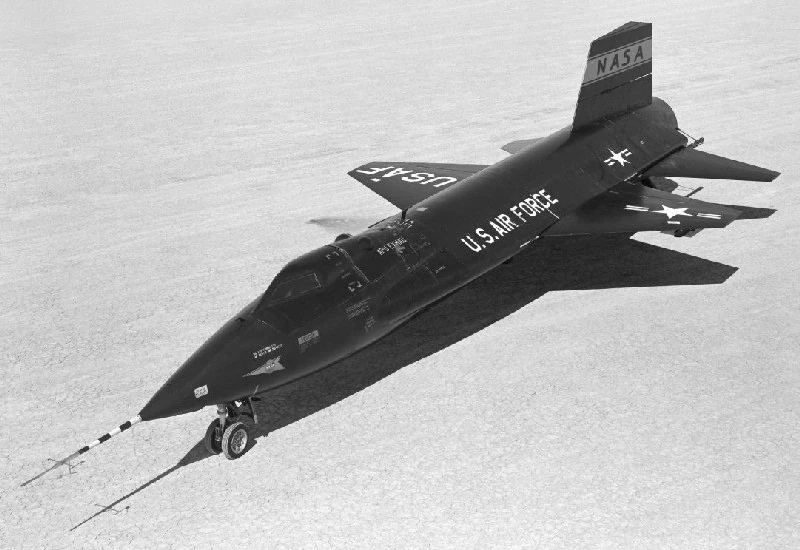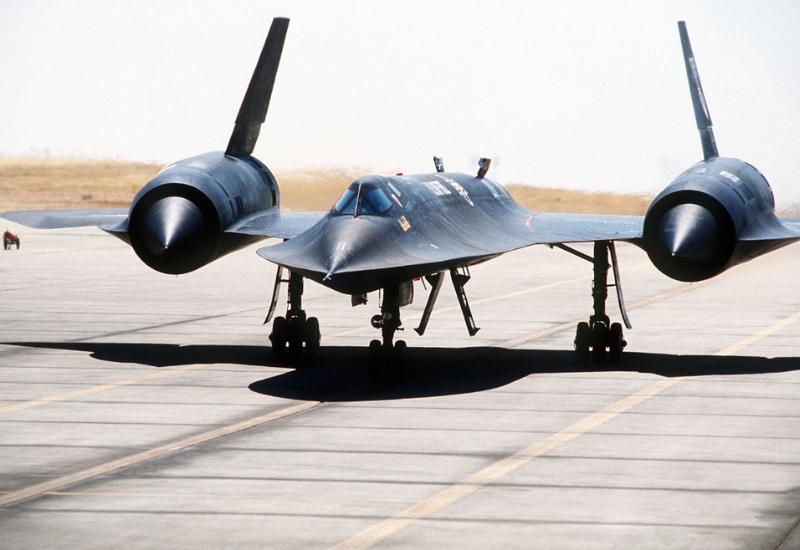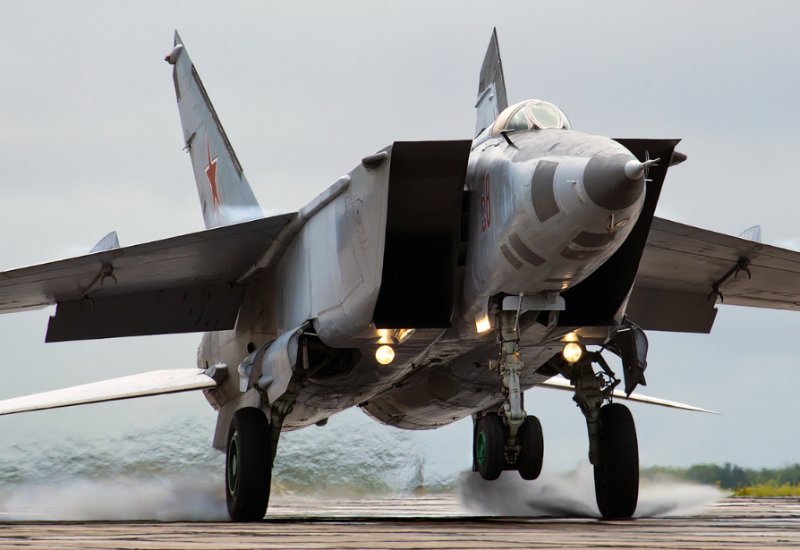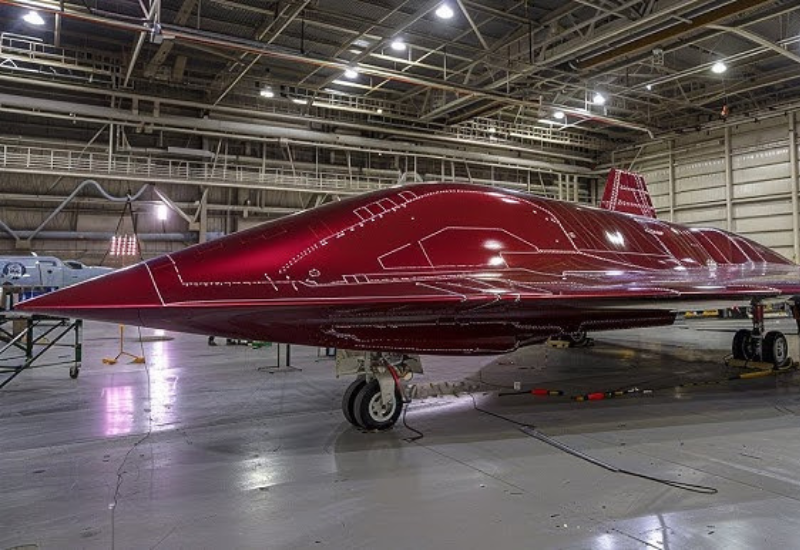Since the dawn of aviation, speed has been a primary focus in aircraft design, with engineers continually pushing the boundaries of what is possible in the skies. The title of “fastest plane” has been claimed by numerous aircraft throughout history, each breaking speed records in its time. The fastest planes are not only marvels of engineering but also symbols of innovation and the relentless pursuit of progress in aviation technology. In this article, we explore the fastest planes ever built, how they achieve such incredible speeds, and the technological advancements that make them possible.

The Current Record Holder: The North American X-15
The North American X-15 holds the title of the fastest plane ever flown. A rocket-powered aircraft developed in the 1960s, the X-15 was part of NASA’s experimental aircraft program. It achieved a record speed of Mach 6.72 (4,520 mph or 7,274 km/h) on October 3, 1967, piloted by William J. “Pete” Knight. This incredible speed is far beyond the capabilities of conventional jet aircraft, and the X-15 remains the fastest manned aircraft in history.
The X-15 was designed as a high-altitude research vehicle to explore the edges of space and test new aerodynamics, control systems, and materials. Unlike most planes, which rely on jet engines, the X-15 used a rocket engine fueled by a combination of liquid oxygen and anhydrous ammonia, allowing it to achieve speeds well beyond those of traditional jet-powered aircraft.

Military Speed Machines: The SR-71 Blackbird
One of the most iconic and fastest planes in military history is the SR-71 Blackbird. Built by Lockheed’s Skunk Works division, the SR-71 was designed for reconnaissance missions during the Cold War. It was capable of reaching speeds over Mach 3.3 (2,193 mph or 3,530 km/h), allowing it to outrun missiles and enemy fighters.
The SR-71 was an extraordinary achievement in aviation engineering. Its sleek, black design helped it absorb and deflect radar signals, making it one of the first stealth aircraft. The titanium construction of the SR-71 was critical to its success, as the friction generated at such high speeds would have melted most conventional materials.
The SR-71 Blackbird’s record for the fastest air-breathing manned aircraft still stands today, and despite being retired from service in 1998, it continues to influence modern military aircraft design.

The Fastest Fighter Jets
When discussing the fastest planes, it’s essential to highlight fighter jets, which have always been at the forefront of speed innovation in aviation. Among the fastest is the Mikoyan MiG-25 “Foxbat”, a Soviet-era interceptor developed during the Cold War. It was designed to intercept high-speed American bombers like the XB-70 Valkyrie and could reach speeds of Mach 3.2 (2,190 mph or 3,524 km/h).
However, while the MiG-25 could reach these speeds, its engines would overheat if flown at maximum velocity for too long. To avoid damage, the aircraft’s top operational speed was typically limited to Mach 2.8.
The F-15 Eagle is another fast fighter jet that has remained in service since the 1970s. Its twin-engine design allows it to reach speeds of Mach 2.5 (1,650 mph or 2,655 km/h), and it is still one of the most capable and widely used air superiority fighters in the world today.

Fastest Civilian Aircraft: The Concorde
Though civilian aircraft rarely reach the speeds of military jets, the Concorde was an exception. The Concorde was a supersonic passenger jet capable of flying at Mach 2.04 (1,354 mph or 2,180 km/h), more than twice the speed of sound. It was a joint project between the British and French governments and entered service in the 1970s, offering transatlantic flights in less than half the time of conventional airliners.
The Concorde’s success was largely due to its aerodynamic shape and the use of afterburners, which allowed its engines to produce more thrust. However, the Concorde was eventually retired in 2003 due to high operational costs and environmental concerns, marking the end of supersonic commercial air travel.

The Future of High-Speed Flight: Hypersonic Planes
As technology advances, engineers continue to push the limits of speed in aircraft. Hypersonic planes, capable of flying at speeds greater than Mach 5 (3,836 mph or 6,174 km/h), represent the next frontier in aviation. Companies like Lockheed Martin and Boeing are developing hypersonic aircraft for military and commercial use, with potential speeds up to Mach 6 (4,567 mph or 7,350 km/h).
One of the most promising projects in hypersonic flight is the Lockheed Martin SR-72, a successor to the SR-71 Blackbird. The SR-72 is expected to reach speeds of Mach 6 and could be used for reconnaissance or as a strike aircraft. The development of such aircraft relies on breakthroughs in materials and propulsion, including scramjet engines that can operate efficiently at hypersonic speeds.
Another exciting development is the Boeing X-51 Waverider, an experimental aircraft designed to fly at Mach 5 or higher. The X-51 uses air-breathing jet engines to achieve these speeds and represents a significant leap forward in hypersonic technology.
What Makes Planes Fast?
Achieving extreme speeds in aircraft requires overcoming several challenges, including air resistance, engine efficiency, and heat management. Here are the key factors that contribute to making planes fast:
- Aerodynamics: The shape of an aircraft plays a critical role in reducing drag. Sleek, streamlined designs help minimize air resistance, allowing the plane to move through the atmosphere more efficiently.
- Propulsion: High-speed aircraft rely on powerful engines, whether jet, rocket, or scramjet, to achieve incredible speeds. These engines must be able to operate at extreme altitudes and velocities, where air pressure and oxygen levels are significantly lower.
- Materials: At high speeds, friction with the air generates enormous amounts of heat, which can damage an aircraft. High-speed planes are often constructed from heat-resistant materials, such as titanium or advanced composites, to withstand these conditions.
- Altitude: Flying at higher altitudes reduces air resistance, allowing planes to achieve faster speeds. This is why many high-speed aircraft, like the SR-71 Blackbird, operate at altitudes above 80,000 feet.
FAQs about the Fastest Plane
1. What is the fastest plane ever made?
The fastest plane ever made is the North American X-15, which reached a top speed of Mach 6.72 (4,520 mph) in 1967.
2. What is the fastest military jet?
The fastest military jet is the SR-71 Blackbird, with a top speed of Mach 3.3 (2,193 mph).
3. Can commercial planes fly at supersonic speeds?
Currently, there are no commercial planes in operation that fly at supersonic speeds, though the Concorde used to fly at Mach 2.04 before its retirement in 2003.
4. What are hypersonic planes?
Hypersonic planes are aircraft capable of flying at speeds greater than Mach 5 (3,836 mph). These planes represent the next frontier in aviation technology.
5. Why aren’t there more supersonic commercial planes?
Supersonic commercial planes like the Concorde were retired due to high operational costs, environmental concerns, and noise regulations related to sonic booms. However, new technologies are being developed to bring supersonic travel back in the future.
The quest for speed in aviation continues, and with advances in hypersonic technology, the next generation of planes may break even more speed records.




